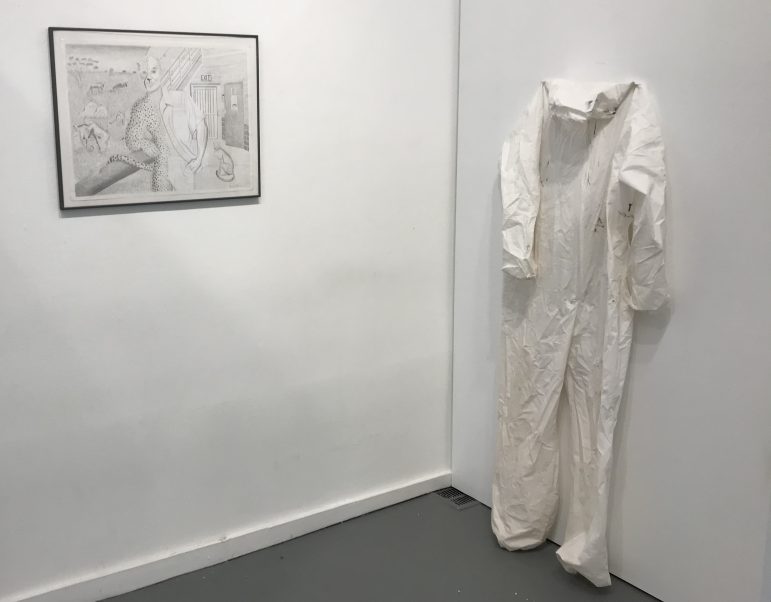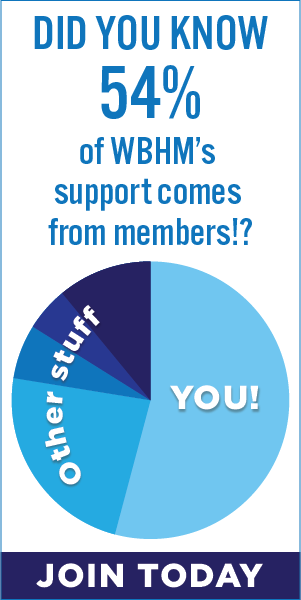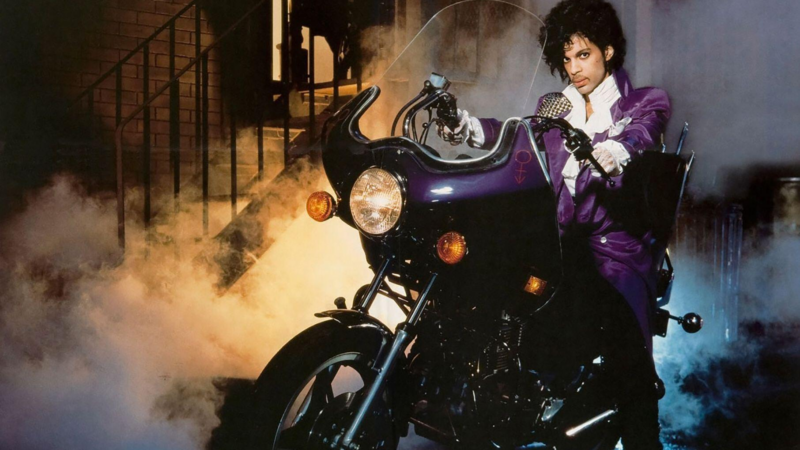New Exhibit Features Artwork From Alabama Inmates
University of Alabama art instructor Jamey Grimes didn’t fully understand what he was getting into. It was around 2008 and a woman was drumming up support for art classes inside Alabama prisons.
“I think that my luck was just being on the first floor and I was one of the first people she was able to speak with and it sounded like a pretty exciting opportunity,” Grimes says.
That’s how Grimes found himself walking through the fencing, going through security and teaching art to inmates. He says we see depictions of prison life on television or in movies, but it doesn’t prepare you.
“It’s just that it’s not fiction. It’s one of the most real experiences I’ve ever had,” Grimes says.
Alabama’s prisons are overcrowded, violent and understaffed. Last year the U.S. Department of Justice threatened a lawsuit saying it believed conditions in Alabama prisons were unconstitutional.
The prison issue is complex, but an exhibit opening Friday at the Birmingham arts organization Space One Eleven aims to prompt conversation different from the typical fervor. It’s an exhibit of artwork produced by inmates in Alabama prisons.
The art is from the Alabama Prison Arts and Education Project. Kyes Stevens founded it in 2002 at Auburn University. She’s the one who recruited instructor Jamey Grimes as well. The program began with poetry classes and expanded to include arts, the humanities and later, science and math. Stevens says they’re a “human-centered” organization.
“We don’t use the term inmate to refer to people on the inside and the people who participate in our program. They are students and artists and writers,” Stevens says.
The art classes are mostly drawing. That’s because some art equipment is cumbersome for a prison environment or could pose a threat. Grimes says he did get permission to use X-ACTO knives for one project, although it required a tight system to keep track of those tools.
Space One Eleven co-founder Peter Prinz is quick to praise the art now on display as he looks around the gallery. He says it’s like any professional show they’d stage.
“They’re all just superb,” Prinz says. “They’re beautiful in their own right.”
Many of the works are self-portraits. There are poems from inmates mixed in as well. Some drawings contain images related to prison, but many don’t show any connection to incarceration.
The presentation is influenced by its origin. A few sketches are flanked by partitions meant to mimic prison cells. Jumpsuits hang beside them. Prinz says the suits are intended the honor the person who created the art.

The artwork is anonymous and there are no artist statements. It’s the third time Space One Eleven has featured work from the prison arts project. Prinz says people were in awe at past exhibitions.
Kyes Stevens says inmates are seen as different from the rest of society, and in a funny way, displaying their artwork can feed into that perception. She describes a particular attitude from some people.
“[They’ll say] oh my goodness, isn’t it wonderful that ‘these people’ … want to take art classes?” Stevens says. “Of course, they want to take art classes. They’re human beings just like the rest of us.”
Instructor Jamey Grimes says after settling in, teaching in a prison is much like teaching in any traditional setting. In fact, he says it’s harder to keep university students focused on staring at a still life as opposed to staring at their phones. Grimes says inmates are eager to have their work acknowledged, but there’s a proper way to do it.
“I feel like the most respectful thing we can do is to engage their work just like they’re any other human being,” Grimes says. “Treat them that way because they don’t always get treated that way.”
Most people haven’t been behind the walls of an Alabama prison. Artwork is one way to poke through.
“Art on the Inside” opens Friday at Space One Eleven in Birmingham. The opening includes a panel discussion about educational programs in Alabama prisons.
40 years after ‘Purple Rain,’ Prince’s band remembers how the movie came together
Before social media, the film Purple Rain gave audiences a peak into Prince’s musical life. Band members say the true genesis of the title song was much less combative than the version presented in the film.
Park Fire in California could continue growing exponentially, Cal Fire officer says
Cal Fire has confirmed that over a hundred structures have been damaged in the Park Fire, which grew overnight near Chico, Calif. Difficult firefighting conditions are forecast through Friday night.
Checking in with Black voters in Georgia about the election, now that Biden is out
Some voters who could be key to deciding who wins Georgia. What do they think about Vice President Harris becoming the frontrunner in the race to be the Democratic nominee?
Tahiti’s waves are a matter of ‘life and death’ for surfing Olympics
Tahiti's Teahupo'o wave has a slew of riders for the Paris 2024 Olympics. NPR finds out why it's called one of the most dangerous waves.
Researchers are revising botanical names to address troubling connotations
Since the mid-1700s, researchers have classified life with scientific names. But some of them have problematic histories and connotations. The botanical community is trying to tackle this issue.
A spectacular opening ceremony wowed a global audience despite Paris’ on-and-off rain
The Paris Olympics opening ceremony wowed Parisians, fans and most everyone who was able to catch a glimpse of thousands of athletes floating down the Seine to officially begin the Games.


